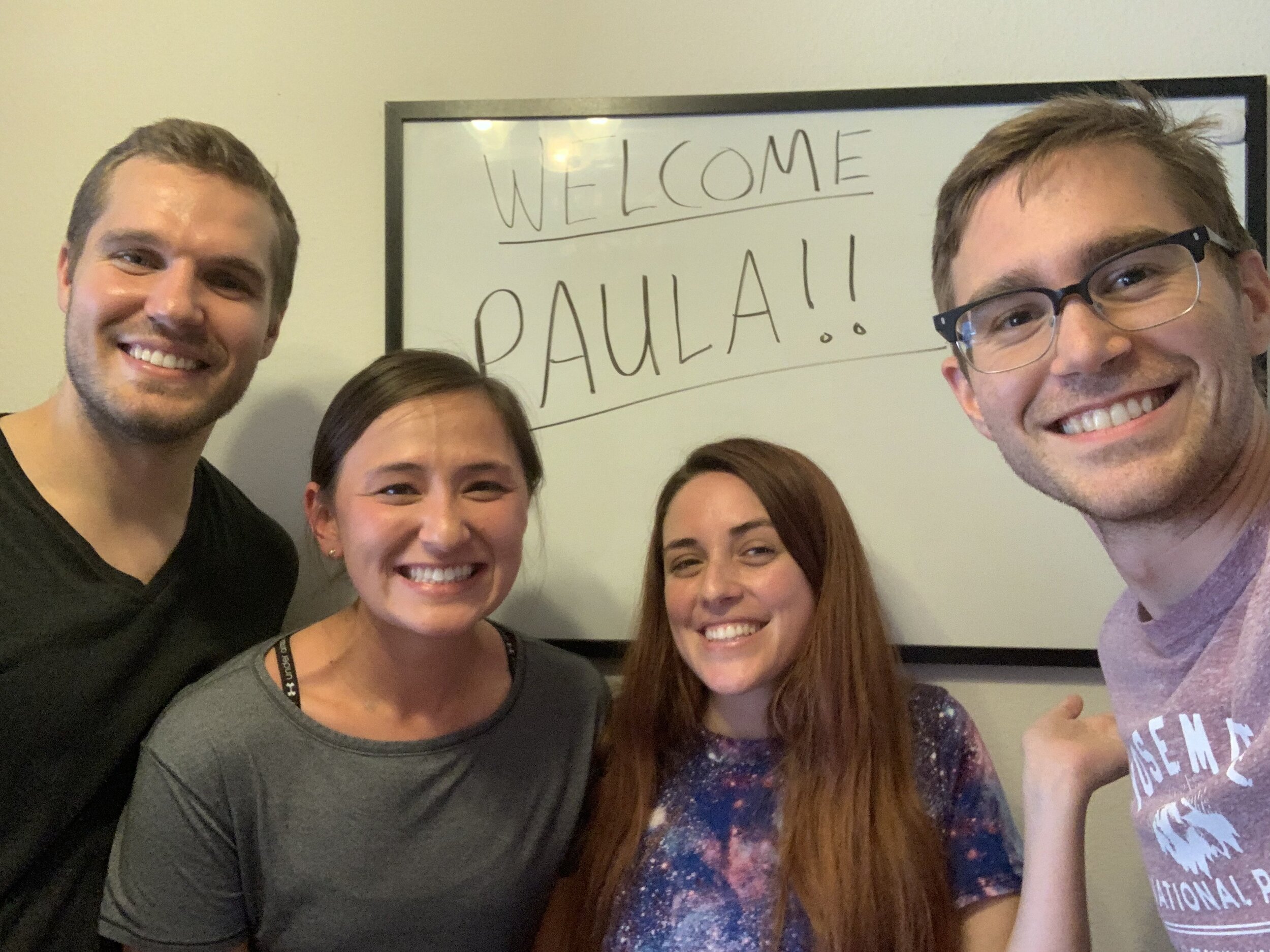Episode 3 - Visas and Working Abroad with Paula Benedicto Martinez
in episode 3, we interview paula benedicto martinez, a feature film animator from spain. we discuss moving to the us for the walt disney animation studios apprentice program, visas, paula’s workflow and the best advice she’s ever received.
MEET THE GUEST: PAULA BENEDICTO-MARTINEZ
Paula is a feature film animator hailing from Alicante, Spain. Paula went through the Walt Disney Animation Studios Apprentice Program with Katie in 2018-2019. Her film credits include, Frozen 2, Wonder Park, and Red Shoes and the Seven Dwarves. She is currently animating at Ilion Animation Studio in Madrid, Spain.
paula’s wonder park reel
paula’s first animsquad assignment
visa information links
https://travel.state.gov/content/travel/en/us-visas/visa-information-resources/all-visa-categories.html
https://www.bankbazaar.com/visa/types-of-us-visa.html
pedro daniel garcia’s ralph reel (with paula acting as the princesses!)
Check out Paula’s video reference acting at 0:11!
stepped vs. spline
In the podcast we ask Paula whether she works in “spline” mode or “stepped” mode which are specifically CG animation workflows. If you are new to CG, read on and check out the below links to understand what we are referring to! Splining refers to a workflow in which you allow the animation software to interpolate between your animation keys on every frame. Splining produces smoother animation but can have a robotic or floaty look to it in the early stages of animation when you haven’t put as much detail work in. Stepped refers to a workflow in which the animation software holds your animation keys as held frames until the next key. Stepped blocking produces choppier animation but often places more emphasis on strong posing.
Splined Blocking Example:
Stepped Blocking Example:
Detailed Stepped Blocking Example
2’s vs. 1’s
When we talk about showing or animating on 2’s or 1’s we are referring to the frame rate of the animation. Animation is most typically shown at 24 frames per second (fps), i.e. 24 individual pictures in a single second. 1’s refers to showing each frame once within a 24fps frame rate, ie. you have 24 individual pictures in a single second. 2’s refers to holding every other frame for two frames within a 24fps frame rate, ie. you have 12 individual pictures in a single second. This concept can be applied to 3’s, 4’s, 8’s etc. Generally the longer you hold a single frame, the more forgiving the animation is, but also the less detailed and more choppy it is. A lot of 2D and stop-motion animation is on 2’s or a mix of 2’s and 1’s.
tarzan behind the scenes (frame through!!)
TIP JAR TIP OF THE MONTH
“Don’t stay with your reference in the scene. Try to retime it, play with it, and find something fun.” - Paula
Do your best not to rotoscope your video reference exactly. We recommend playing with the timing of your reference (either in Maya or in an editing software) so that it feels a little more exaggerated and animation-y and less like real life. This could be a matter of speeding the timing up, holding poses, or slowing things down.







